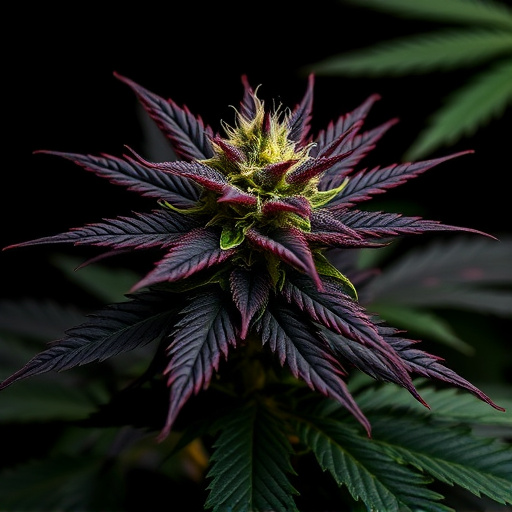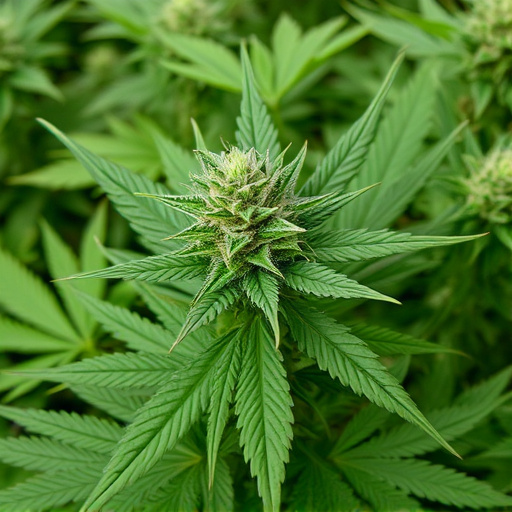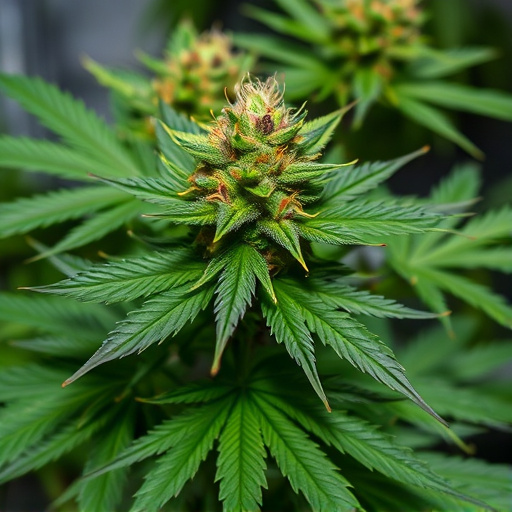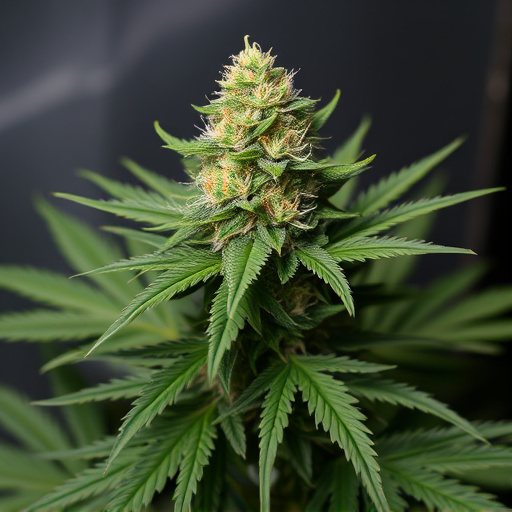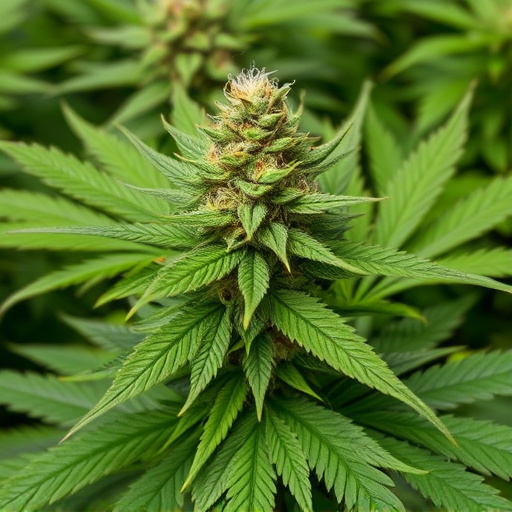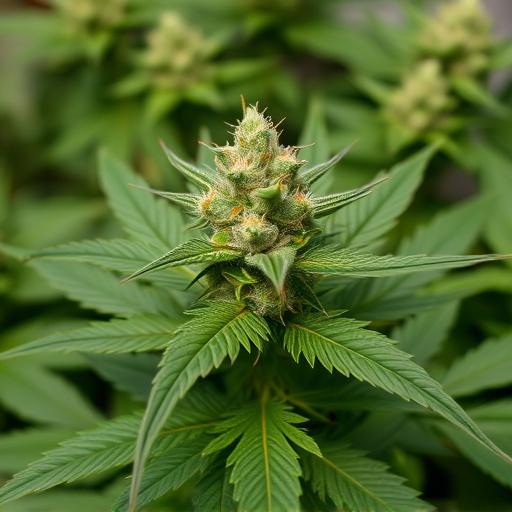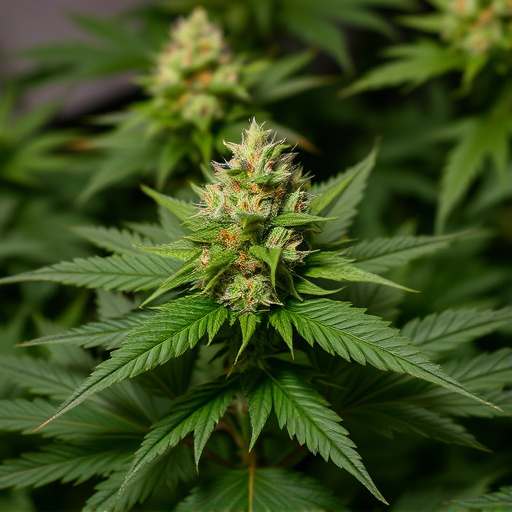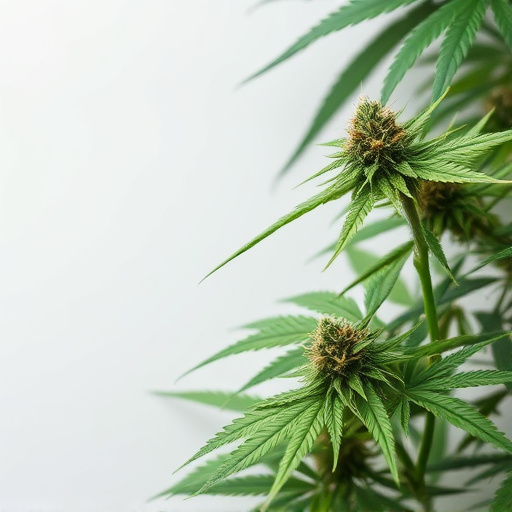Terpenes, often overlooked but crucial, are aromatic compounds in medical marihuana strains that not only contribute to flavor and aroma but also interact with the endocannabinoid system, enhancing cannabis' therapeutic effects. With various properties like anti-inflammatory, analgesic, and antimicrobial, terpenes—such as myrcene (sleep, anxiety relief), limonene (elevated mood), pinene (anti-inflammatory, cognitive boost), and linalool (relaxation)—play a key role in defining the unique benefits of different cannabis strains for individual medical needs. Understanding terpenes is essential for maximizing the therapeutic potential of medical marihuana strains.
Terpenes, the aromatic compounds in cannabis, play a crucial role in both its fragrance and therapeutic potential. Often referred to as the ‘essential oils’ of cannabis, they contribute to the unique flavour profiles of different strains. Beyond their contribution to taste, terpenes significantly influence the medical marihuana strains’ effects, interacting with cannabinoids to modulate relaxation, pain relief, and inflammation reduction. Understanding these chemical compounds is essential for optimizing cannabis-based treatments.
- Understanding Terpenes: The Chemical Compounds in Cannabis
- The Role of Terpenes in Medical Marihuana Strains
- How Terpenes Impact the Therapeutic Effects of Cannabis Flower
Understanding Terpenes: The Chemical Compounds in Cannabis
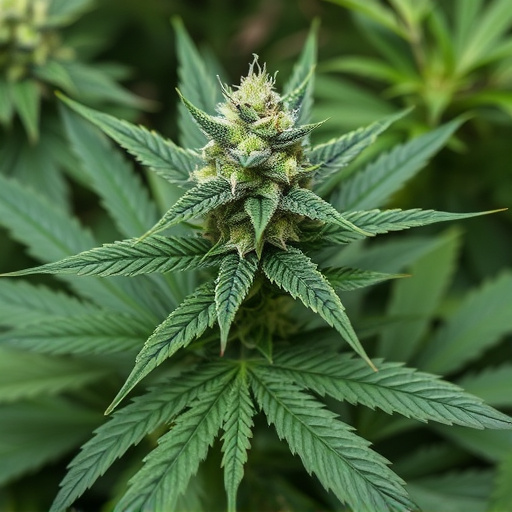
Terpenes, often overshadowed by their more famous counterparts, cannabinoids, are chemical compounds that play a pivotal role in cannabis plants. These aromatic molecules are responsible for the unique flavors and aromas associated with different medical marihuana strains. Beyond sensory appeal, terpenes have been shown to interact with the endocannabinoid system, contributing to the plant’s therapeutic effects. Each terpene offers distinct benefits, ranging from potential anti-inflammatory properties to anxiety relief and pain management.
The complexity lies in the diverse range of terpenes found in cannabis, each with its own characteristic impact on the user’s experience. For instance, myrcene is known for its earthy scent and sedative effects, making it popular among those seeking relaxation. Limonene, on the other hand, provides a bright citrusy note and is linked to mood elevation and stress reduction. Understanding these chemical compounds is crucial in appreciating the multifaceted nature of cannabis flowers and their potential therapeutic applications.
The Role of Terpenes in Medical Marihuana Strains
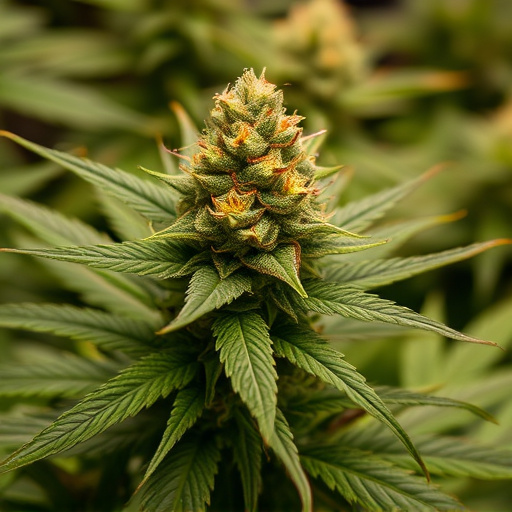
Terpenes play a pivotal role in medical marihuana strains, contributing to their unique therapeutic properties and overall efficacy. These organic compounds, produced by plants, give cannabis its distinct aroma and flavor profiles. Beyond sensory appeal, terpenes possess anti-inflammatory, analgesic, and antimicrobial qualities, making them valuable allies in the treatment of various medical conditions. Research suggests that specific terpenes can enhance or modulate the effects of cannabinoids, like THC and CBD, further tailoring the therapeutic outcome to individual needs.
In medical marihuana strains, terpene profiles vary widely, offering a diverse range of potential benefits. For instance, myrcene is known for its sedative properties, making it helpful for insomnia and anxiety, while limonene boosts mood and may aid in stress reduction. Pinene possesses anti-inflammatory and antimicrobial effects, and linalool is renowned for its calming and anxiolytic properties. Understanding these terpene roles allows patients and caregivers to make informed decisions about strain selection, potentially optimising therapeutic outcomes.
How Terpenes Impact the Therapeutic Effects of Cannabis Flower
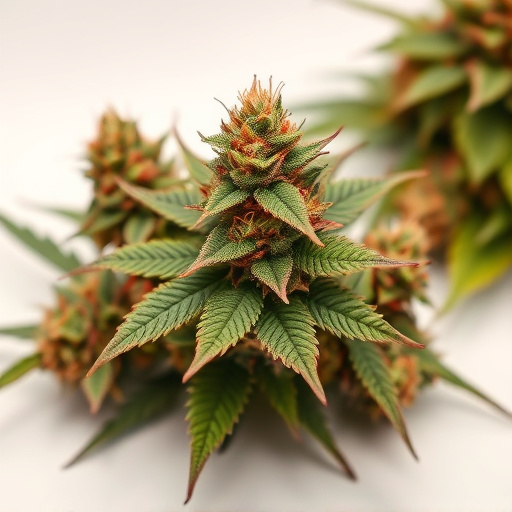
Terpenes, the aromatic compounds found in cannabis flowers, play a pivotal role in shaping the plant’s therapeutic effects. These natural chemicals interact with our bodies’ endocannabinoid system, contributing to the overall experience of using medical marihuana strains. Different terpenes can influence mood, relaxation, pain perception, and even cognitive functions, making them key players in the potential medicinal benefits of cannabis.
For instance, myrcene is known for its sedative properties, often promoting sleepiness and reducing anxiety, while limonene boosts mood and may aid in stress relief. Pinene has anti-inflammatory effects and can enhance cognitive function. As these terpenes combine with cannabinoids like THC and CBD, they create a complex interplay that can offer tailored therapeutic advantages for various medical conditions, making cannabis a versatile tool in modern medicine.
Terpenes, the chemical compounds found in cannabis flowers, play a pivotal role in enhancing the therapeutic effects of medical marihuana strains. Their ability to interact with our endocannabinoid system and unique scent profiles contributes significantly to the diverse experiences users enjoy. As research continues to uncover the potential health benefits of terpenes, understanding their presence in different cannabis flower varieties becomes essential for maximizing the positive outcomes associated with medical marihuana use.


